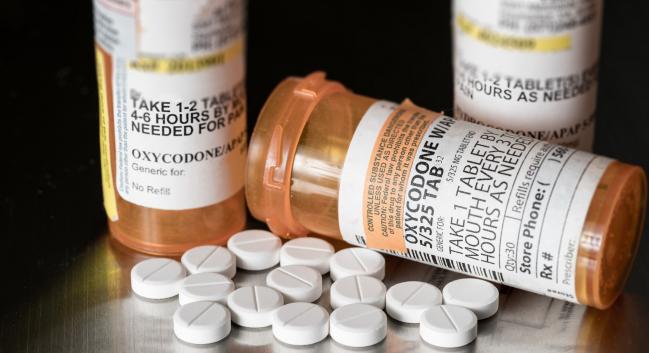Drug Abuse in Infective Endocarditis Patients Spikes Amid US Opioid Epidemic
Management should go above and beyond treating the infection, the senior author says, so that patients can overcome addiction.

As opioid use has grown in the United States, so too has the prevalence of drug abuse among patients hospitalized for infective endocarditis (IE). All regions of the country appear to be affected, according to analysis of data on nearly 1 million hospitalizations over a 15-year period. Not surprisingly, these patients have starkly different demographic profiles and risk factors compared with individuals who develop IE but not in the context of drug abuse.
Lead authors Amer N. Kadri, MD, and Bryan Wilner, MD (both from Cleveland Clinic, OH), and colleagues describe these trends in a paper published online recently in the Journal of the American Heart Association, citing the implications for patient care and public health.
“Hospitalizations for IE have been increasing side by side with the opioid epidemic,” they say, adding that “now drug overdoses [are] the leading cause of injury-related death in the United States.”
A key message from the current results, senior author Serge C. Harb, MD (Cleveland Clinic), told TCTMD, is that management of IE in those who abuse drugs must go beyond standard care like antibiotics and, if needed, surgery.
“Treating the infection is only part of the management plan,” he emphasized. “The bigger picture should be a multidisciplinary team approach that involves cardiologists, cardiac surgeons, infectious disease specialists, kidney specialists, neurologists [and just as importantly] case managers, social workers, and addiction specialists to help these patients in their recovery . . . so that they can overcome their addictive behaviors. This is with the ultimate goal of preventing them from relapsing and coming back.”
Drug Abuse Nearly Doubled
Using the National Inpatient Sample, the investigators scrutinized patterns in 954,709 individuals hospitalized for IE between 2002 and 2016, of whom 9.9% abused drugs. By comparison, only 4.4% of the 454 million patients with non-IE hospitalizations had documented drug abuse.
Compared with nonusers, patients in the drug-abuse group tended to be younger (median age 38 vs 70 years) and were more likely to be men (55.5% vs 50.8%; P < 0.001 for all). Nearly half (45.1%) were on Medicaid, 67.8% were white, and 42.% were in the lowest quartile of median household income. Additionally, they were significantly less likely to have standard CV risk factors like hypertension and diabetes but more likely to have hepatitis C, liver disease, HIV, and concomitant alcohol abuse. The most common organism among drug abusers with IE was Staphylococcus, at 47.2%; for nonusers, that bacteria made up only 22.1% of IE cases.
Hospital stays of the drug-abuse group were longer, more likely to involve cardiac or valve surgery, and be more expensive. However, inpatient mortality was lower for these patients (6.4% vs 9.1%; P < 0.001).
The incidence of drug-abuse IE rose from 48 per 10,000 people in 2002 to 79 per 10,000 people in 2016. Among IE patients as a whole, the prevalence of drug abuse nearly doubled: from 8.0% to 16.3%, respectively, amounting to an annual percent change (APC) of 3.5%. The Midwest region of the US saw the highest APC—4.9%. The Northeast was on the lower end of the spectrum, with an APC of 2.4%.
Treating the infection is only part of the management plan. Serge C. Harb
At the Cleveland Clinic, Harb said, they use the multipronged approach to IE/drug-abuse management. Even with this high level of care, though, some patients still return to the hospital with another instance of IE. Data on rehospitalization for IE nationwide are elusive, he added.
As the researchers note in their paper, the risk of death or reoperation is tenfold higher for IE patients who don’t stop injecting drugs within 3 to 6 months after surgery, “and it is suspected that this is [due] to continued drug use.” On a bigger scale, they say, there is a “need for resource allocations and public health interventions to target the young, poor, white population most at risk at a national level.”
Caitlin E. Cox is News Editor of TCTMD and Associate Director, Editorial Content at the Cardiovascular Research Foundation. She produces the…
Read Full BioSources
Kadri AN, Wilner B, Hernandez AV, et al. Geographic trends, patient characteristics, and outcomes of infective endocarditis associated with drug abuse in the United States from 2002 to 2016. J Am Heart Assoc. 2019;8:e012969.
Disclosures
- Kadri and Harb report no relevant conflicts of interest.


Comments